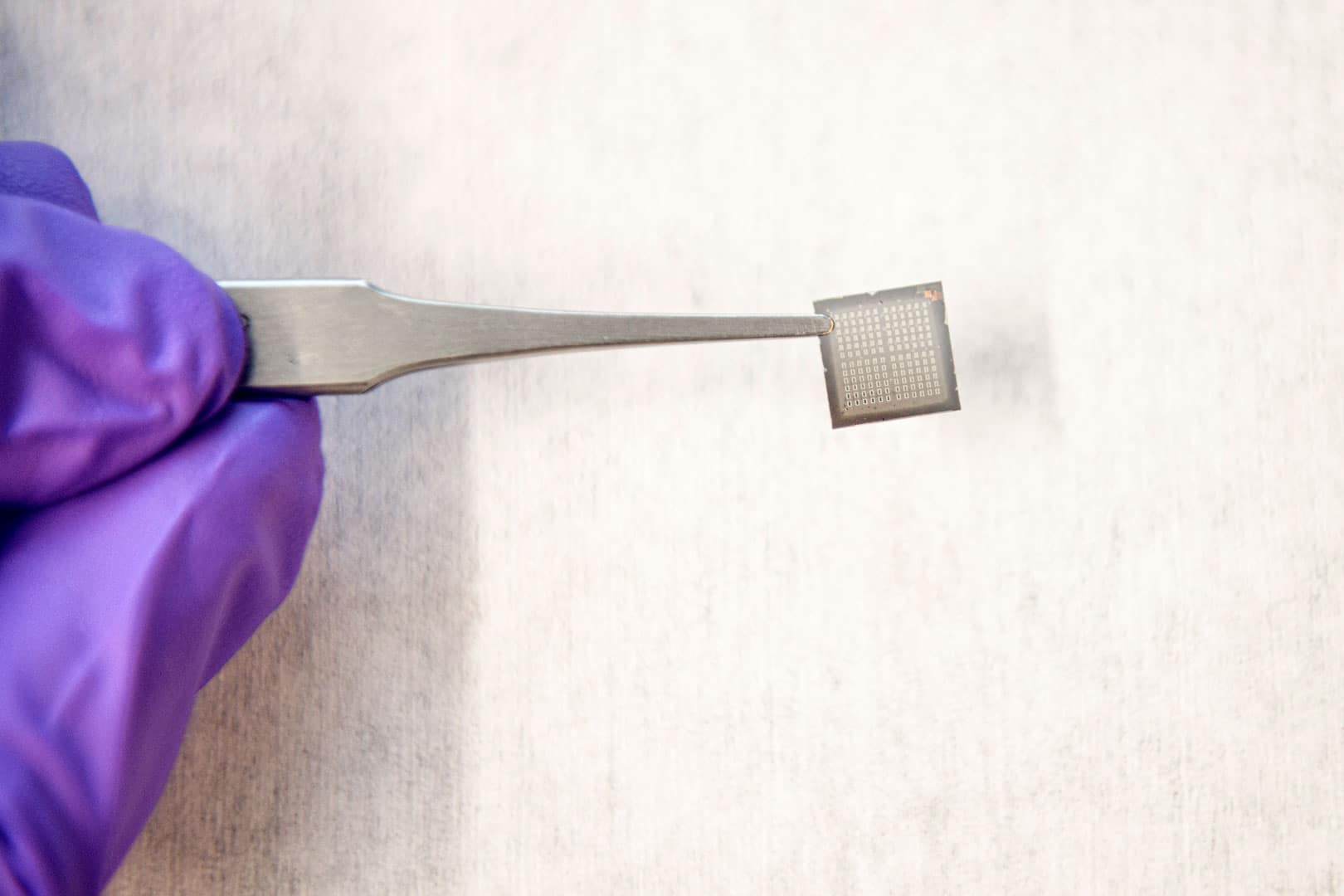
A Falcon 9 rocket lifted from the West Coast with another batch of satellites for SpaceX’s Starlink network at 12:03 a.m. PST Friday (3:03 a.m. EST / 0803 UTC). Including Starship test flights this was SpaceX’s 100th launch in 365 days.
The Starlink 7-8 mission began from Space Launch Complex 4E at Vandenberg Space Force Base in California and departed on a south-easterly direction, targeting a 183×178 mile (295×286 km) orbit, inclined at 53 degrees to the equator. SpaceX’s webcast encountered technical difficulties and did not show the liftoff. It was the fastest turnaround for SpaceX’s West Coast launch pad with six days, 13 hours, 43 minutes and 57 seconds passing since the last launch from SLC-4E, beating the previous record set on Oct. 29, 2023, by almost 36 hours.
This was the:
- 281st Falcon 9 launch to date
- 87th Falcon 9 launch of 2023
- 91st SpaceX orbital launch of 2023
- 100th SpaceX launch in the last 365 days
- 98th SpaceX orbital launch in the last 365 days
- 59th SpaceX orbital launch from pad SLC-4E
- 109th overall orbital launch from pad SLC-4E
- 27th orbital launch of 2023 from Vandenberg Space Force Base
- 200th overall orbital launch attempt of 2023
The first stage booster, making its 13th flight, previously launched the NROL-87, NROL-85, SARah-1, SWOT, Transporter-8, Transporter-9 missions. Plus six previous Starlink delivery missions. After completing its burn, the first stage landed on the drone ship ‘Of Course I still Love You’ stationed about 400 miles downrange (644km) in the Pacific Ocean off the coast of Baja California.

SpaceX confirmed deployment of the 22 Starlink satellites will occur just over an hour after launch in a social media post. This was the 40th launch of a batch of the V2 Mini Starlink model since it was introduced earlier this year. This new version is much larger than the previous V1.5 satellites and is equipped with upgraded antennae and larger solar panels, and are capable of delivering four times more bandwidth.
SpaceX recently announced earlier this year it had signed up over two million subscribers in more than 60 countries for its Starlink internet service. Prior to Friday’s Starlink 7-8 mission it had launched 5,559 satellites according to statistics compiled by Jonathan McDowell, an astronomer at the Harvard-Smithsonian Center for Astrophysics, who maintains a space flight database. Of those satellites 5,186 remain in orbit and 5,147 appear to be working normally.
Note: This article have been indexed to our site. We do not claim legitimacy, ownership or copyright of any of the content above. To see the article at original source Click Here













